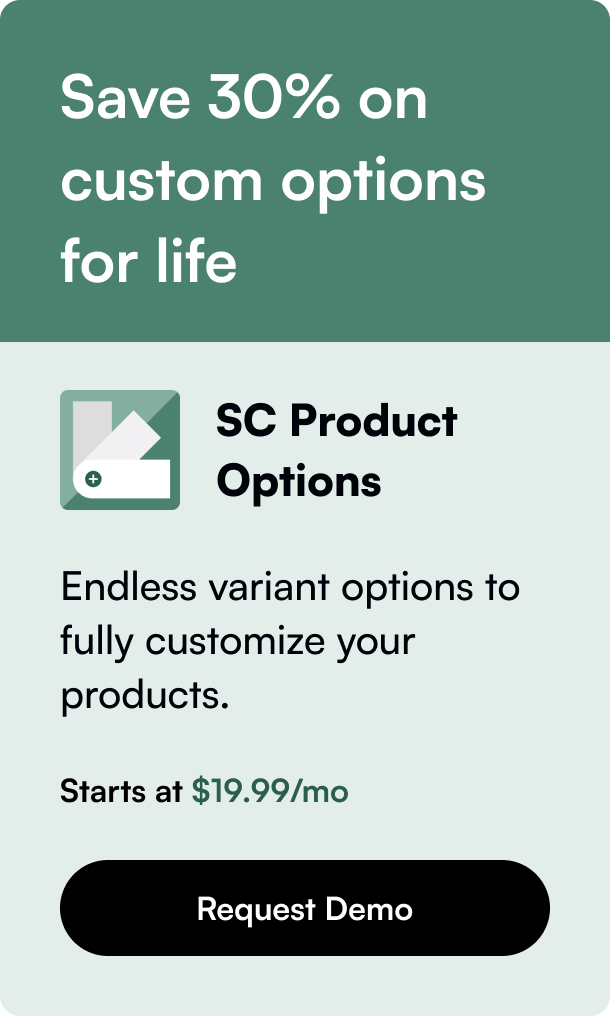Table of Contents
- Introduction
- The Anatomy of a Shopify Template
- Customizing Your Shopify Experience
- Crafting A Template for Metaobjects and Beyond
- Maximizing Visual Merchandising
- Bulletproof Your Template Management
- Conclusion
- FAQ Section
Introduction
Have you recently contemplated diving into the dynamic world of Shopify and wondered how to craft that perfect Shopify template, setting your online store apart? You’ve come to the right place. In this reader-friendly guide, we will deep dive into the nuts and bolts of creating Shopify templates, ensuring your e-commerce platform not only captivates but also converts.
Shopify templates, also known as themes, are integral to any e-commerce site’s success. They act as the cornerstone for the store's appearance, user experience, and brand identity. With the right template, customers are seamlessly guided through the purchasing process, thereby bolstering your business's growth.
Join us as we unpack the world of Shopify templates—their structure, customization, and execution—promising your readers a treasure trove of valuable insights.
The Anatomy of a Shopify Template
Understanding the structure of Shopify templates is akin to learning a new language; it's essential for effective communication with your audience. A Shopify template consists of several sections, preconfigured to portray consistent aesthetics and functionality across your online store. Depending on your chosen theme, you'll discover various sections that tailor to distinct pages, such as product lists and individual item descriptions.
Editing these templates influences every page utilizing the selected template. Imagine adding a newsletter signup form to your product collection template; instantly, all collection pages greet your visitors with the newly integrated section.
Maximizing the potential of these sections requires a robust grasp of Shopify's templating language—Liquid. Paired with additional standard web technologies such as HTML, CSS, and JavaScript, tweaking your template becomes an art form, a pursuit of creating the perfect digital storefront.
Customizing Your Shopify Experience
Creating a unique Shopify template involves transforming an existing template or forging a new one from the embers of creativity. Let’s illustrate the customization process:
-
Utilizing Built-in Theme Settings: Begin with the theme editor, an intuitive interface offering real-time previews as you curate your template’s design.
-
Tailoring with Liquid and Additional Coding: Advanced customization might beckon you towards Shopify's Liquid language, unearthing a greater degree of control over your template’s look and behavior.
-
Third-party Apps and Integrations: Enhance functionality with external applications. Widgets for product recommendation, SEO optimization tools—bolster the user experience without altering a single line of code.
Crafting A Template for Metaobjects and Beyond
The beauty of template customization extends even to webpage creation for metaobjects within your online realm. This nuanced feature opens doors to unconstrained retail storytelling, allowing for a unique narrative catered to covetable items or limited collections.
Maximizing Visual Merchandising
Every masterful exhibition requires attentive curation; Shopify templates permit a precisely engineered showcase of your products. Imagine altering the assigned templates for specific collections or individual products to spotlight new arrivals or bestsellers, crafting a visual appeal that resonates with your clientele's desires.
Bulletproof Your Template Management
In the kaleidoscope of managing numerous templates, meticulous organization is paramount:
-
Renaming for Clarity: Avoiding the pitfalls of confusion, ensure your template files bear clear, descriptive names.
-
Prudent Deletion: Err on the side of caution when opting to delete a template. Employing a code editor is advisable before making irretrievable changes.
Conclusion
A well-crafted Shopify template is the silent ambassador of your brand’s ethos. It reflects a harmonious blend of aesthetic prowess and technological savvy. As you embark on this creative journey, keep the template's versatility, style, and functionality at the forefront.
Fostering engagement and conversion hinges upon a customer-centric approach; through the strategic design of templates, your store can hold the gaze of even the most discerning browsers. Whether you’re envisaging sleek sophistication or eclectic vibes, mastering the art of Shopify templates is akin to unlocking a treasure trove for your enterprise.
Lastly, a glance into the realm of FAQs can provide additional clarity and ensure optimal use of your Shopify templates—consider it the final brushstroke in your e-commerce masterpiece.
FAQ Section
Can any Shopify user create and edit templates?
Yes, any user with the necessary permissions in their Shopify admin can create and edit templates, though advanced customization might require coding knowledge.
How important are templates for my online store’s success?
Shopify templates play a crucial role in defining user experience, brand perception, and ultimately conversion rates. An impeccable, user-friendly template can markedly boost your store's success.
Will my store require coding skills for designing templates?
Basic customization can be achieved through Shopify’s theme editor. However, intricate layout changes and bespoke functionality may necessitate coding knowledge or hiring a coder.
How many templates can I have on my Shopify store?
Shopify allows up to 1000 total templates, presenting a plethora of opportunities for diversifying your product displays and creating unique page layouts.
Will my template choice affect the store's mobile responsiveness?
Absolutely. Many modern Shopify themes are designed to be mobile responsive. However, extensive customization must also preserve mobile-responsive design practices, ensuring your store remains accessible on smaller devices.
Embrace your path to technological craftsmanship and elevate your store to unparalleled heights with Shopify templates!
Partner with the best SEO agency for your growth.








